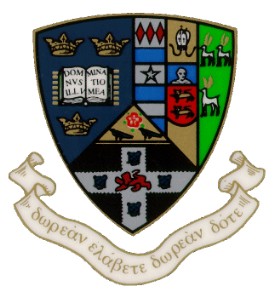| abstract |
Alexandria was one of the most important cities in the Classical world; a
great number of philosophers, physicians, mathematicians and astronomers
made it a center of learning and higher education. The great Lighthouse was
numbered as one of the seven wonders of the ancient world, and was among
the tallest buildings ever constructed until the coming of gothic architecture.
The city was a multiethnic and multicultural metropolis blending the best
legacies of ancient Egypt, Greece, and Rome.
By the Fourth Century A.D, its prominence as a scholarly hub had
declined after generations of direct rule by the emperors of Rome. Despite
this, many in the city still clung to their Greek intellectual traditions. Among
these gures was Hypatia, a renowned philosopher and mathematician. In
many ways, her life encapsulated the spirit of the age; she taught students of
di erent faiths and backgrounds while carrying on the ideas and traditions of
the ancient Greeks.
But as Alexandria enjoyed the autumn of her glory, a great change was
sweeping the empire. A new faith, Christianity, had begun to dominate the
urban populations of Europe and the near-east. After the conversion of the
emperor Constantine, a new class of elites came to power: the Bishops.
Alexandria stood at a crossroads. The Roman prefect and the Bishop
clashed for political control of the city while mobs of Christians sought to root
out the last remnants of heresy. And in the midst of this turmoil and change
was Hypatia, standing precariously at the meeting point of two eras. Posterity
has immortalized her life as the last gasp of ancient Greek thinking and her
death as the dark herald for a new age of faith.
How much truth is there to the legacy and tragedy of Hypatia's life and
death? What really transformed Alexandria from an intellectual center of the
world to the feeble city rediscovered (for Europeans, anyway) by Napoleon in
1798? The answers to these questions will take us through the life and times of
Hypatia and beyond.
|

